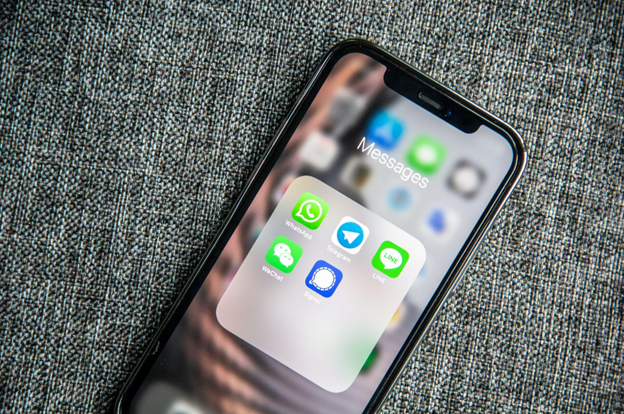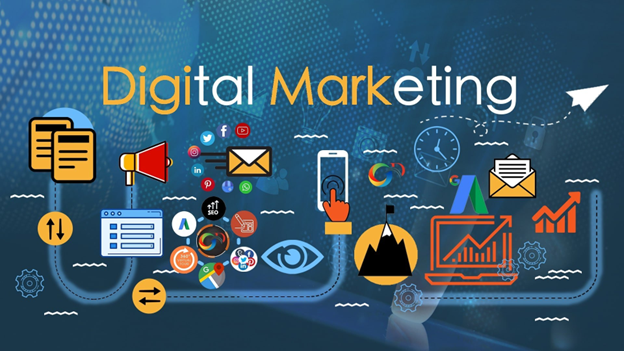
Engaging with customers isn’t always easy. It feels like it should be with so many resources available, but competition is so intense that a simple approach doesn’t cut it anymore. You used to be able to put out a flier and get a response, but these days, clients are resistant to generic approaches. You have to personalize everything to reach them. You need to have conversations to make it all work.
With a text marketing campaign, technology can do much of the heavy lifting for you. If you take a few minutes to understand the mechanisms and value of conversational messaging, you can reimagine your entire marketing approach and reap significant benefits from your efforts.
The Rise of Conversational Messaging
There’s a good chance you’ve experienced conversational messaging yourself. Have you received a recent text message explaining something in detail and asking for your response? That’s the opening. If you respond, you get a conversation.
The same is standard on many websites with chatbots. You can ask them questions, and they will respond to you in a conversational form.
This trend has risen quickly, and there’s a compelling reason. Surveys show 88% of customers across industries are willing to engage in two-way conversations about brands or products. It’s compelling for customers, which makes it valuable for businesses.
Overcoming Communication Barriers
The responsiveness of conversational messaging is already tempting, but more value is packed into this approach. Conversational messaging comes with tools that make it easy to overcome serious communication barriers.
With modern technology, you can use chatbots to reach customers in their language. Your SMS campaigns can also automatically deal with different time zones to ensure you are contacting customers at a reasonable and convenient time.
You can use omnichannel messaging to provide many communication avenues, expanding accessibility. Customers can engage with you on their terms.
Personalization and Contextual Engagement
Perhaps the most potent aspect of conversational messaging is contextual engagement. Personalization matters too, but you can personalize a lot of things. Your messaging enters a new realm of possibilities with contextual engagement.
In the past, this was only possible with direct human-to-human communication, but that isn’t the case anymore. Modern chatbots are sophisticated enough to engage with high levels of contextualization, which takes personalization to a whole new level.
Individual components of communication inform the bot to better respond to subsequent messages, generating a vastly more positive experience for your users.
Building Trust and Relationships
When you successfully personalize and contextualize your engagement, you’re building a relationship. That’s how you make friends through conversations and business partners through meetings. Contextualized communication is the key to the whole process.
When you can build relationships with customers on a mass scale, you’re building trust at a personal level many times over. This develops your brand and turns it into something people admire and talk about.
Making a Seamless Omnichannel Experience
These are high-level ideas with obvious benefits for just about any business utilizing them, but they aren’t always easy to implement. You need extra resources from partners like Mitto. Those resources can help you pick your software tools, improve your approach to communication, strategize your campaigns, and build up your brand.






